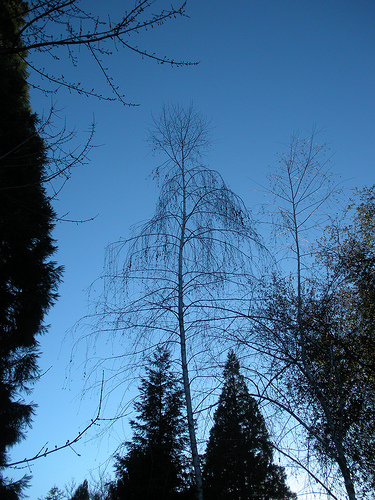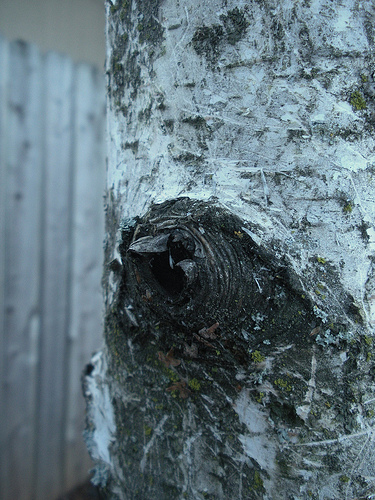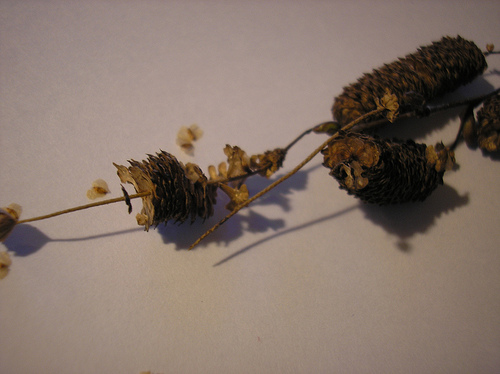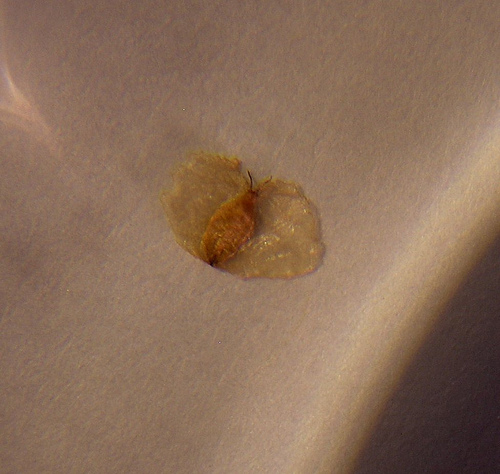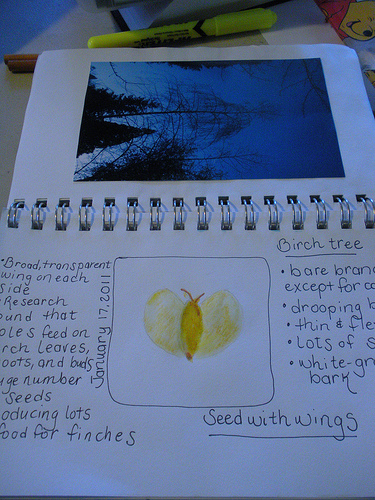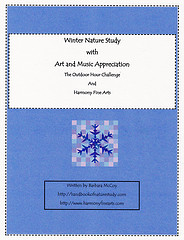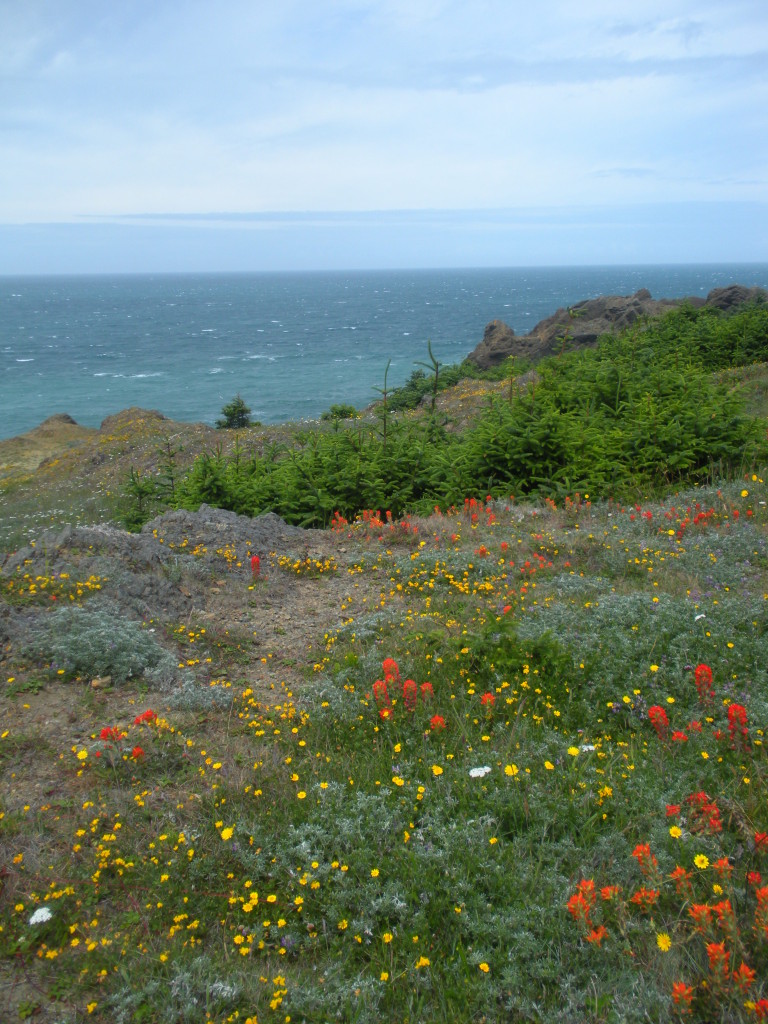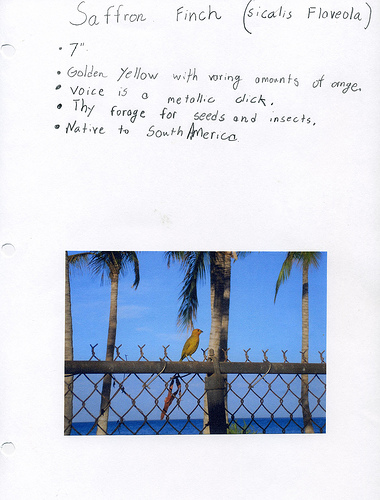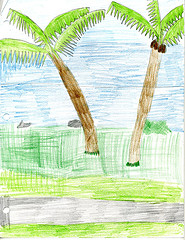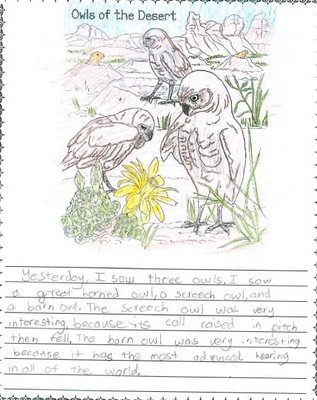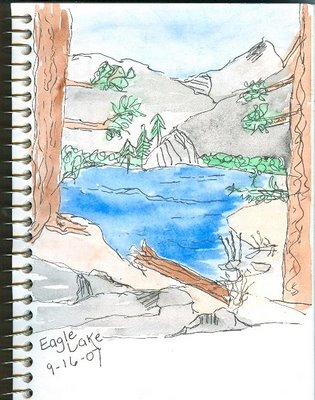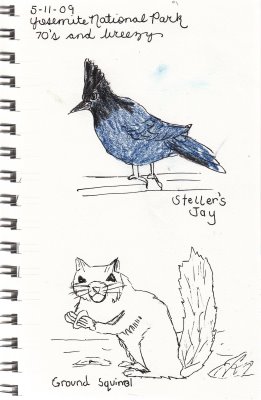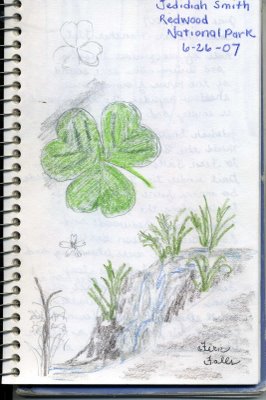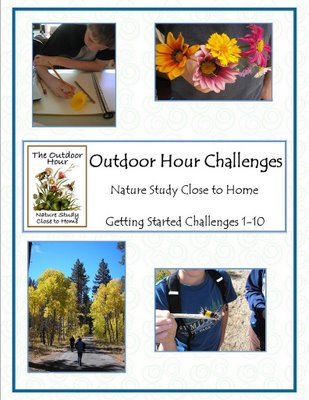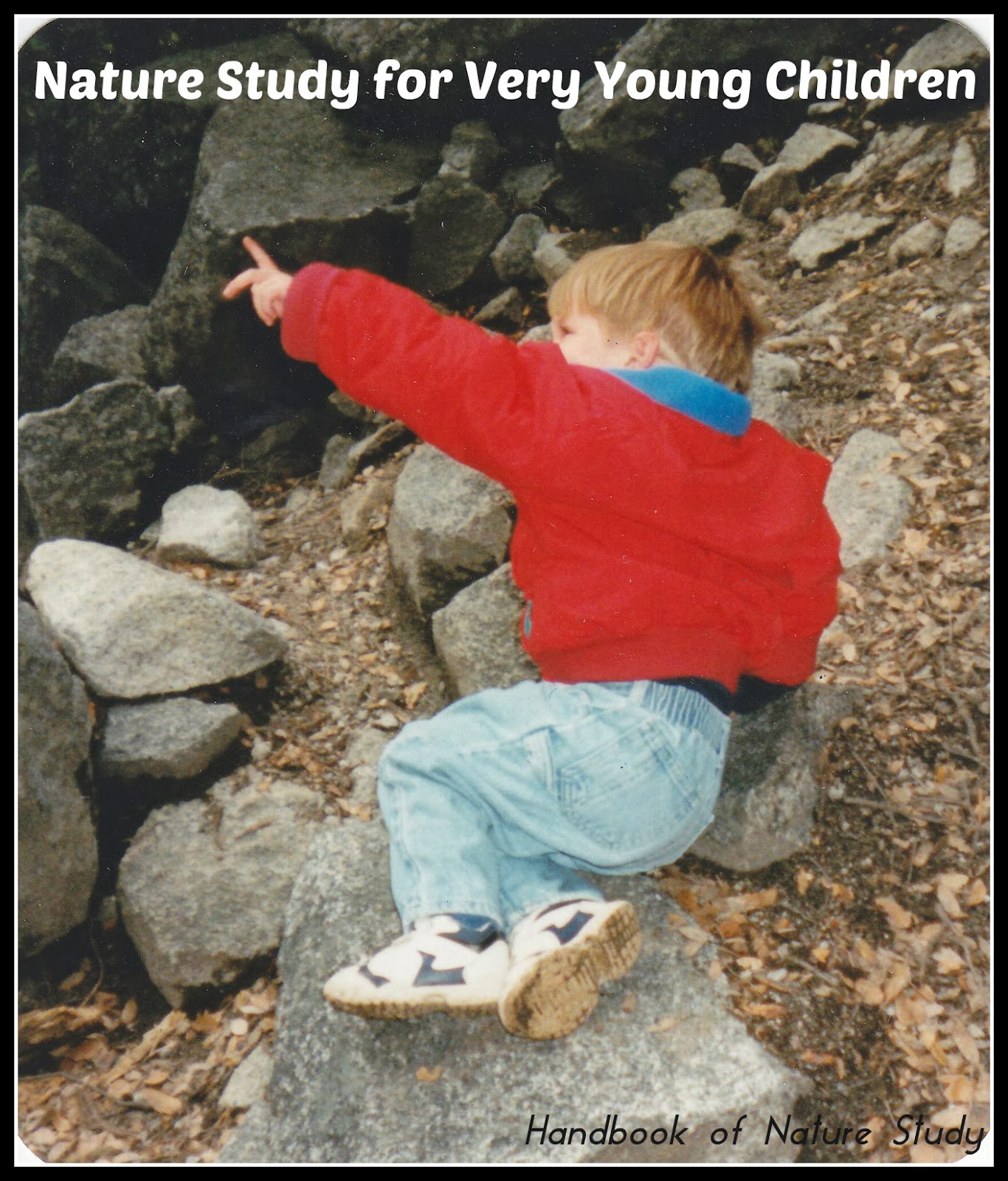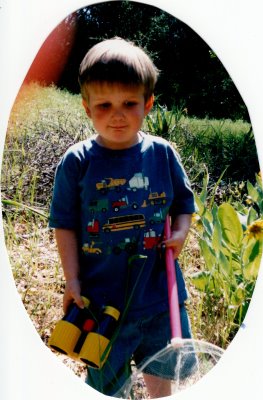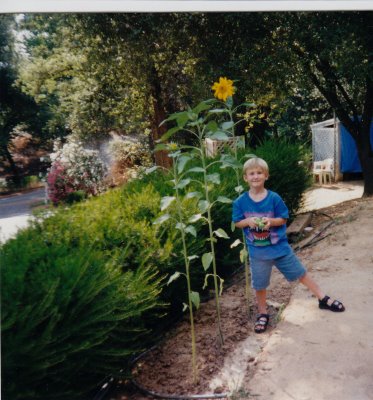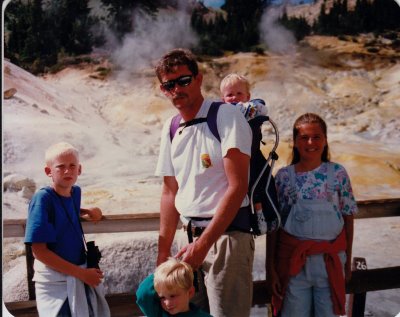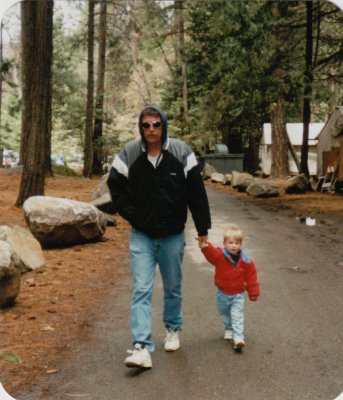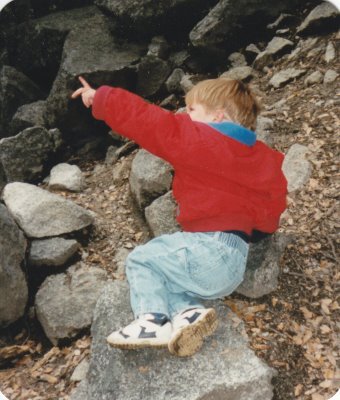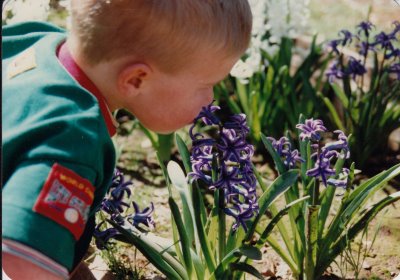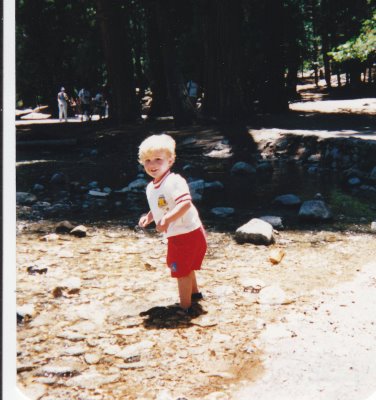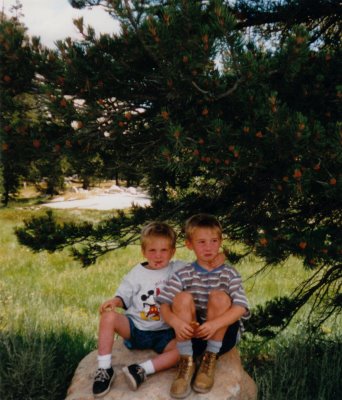Yes! We have a new Charlotte Mason Blog Carnival button! Click over to read about it at Fisher Academy International....she has the code for you to grab and the official announcement of the winning design and CurrClick prize!
Here we are in the middle of winter with its many splendors and wonders. Each season is something to savor…winter is the season that defines all other seasons. We look forward to the greening of spring, to the long days of summer, and to the colorful autumn hours spent readying for another winter. Charlotte Mason understood the value of nature study and I hope this carnival helps you in your family’s outdoor studies.
Thank you to all the participants!
Angie from Petra School starts us off with their family Twig Study (part of the Outdoor Hour Challenge from the month of January). This entry is packed with outdoor goodness…their time outdoors, their study, and then their nature journals. Excellent example of nature study with boys.
Nancy submits her Shakespeare and Starlings entry for you to enjoy. She has put together a very interesting post which ties these two topics together. I invite you to read and see for yourself!
Michelle from The Holistic Homeschooler shares their interesting outdoor nature study related entry: Field Trip-Air Potato Roundup. This is a new to me topic that you will find interesting.
Lanaya from Gore Family News gives us their Nature Study Lately post to read and enjoy. She shares their family’s nature study process…very nicely done!
Sarah from All That is Good has written and submitted her post Thinking Ahead to Nature Study for this edition of the carnival. Loads of information for you to glean from in this entry.
Barb from Harmony Art Mom (that’s me!) submits Nature Study For High School Students – Reflections. This entry shares some thoughts from the Handbook of Nature Study and some practical tips for your family to apply as the years go by.
Patti from School Days Scrapbook treats us to a glimpse into their icy world: Tracks and Trails. I invite you to visit her blog and enjoy her beautiful wintery images.
Martha from Sunrise to Sunset shares their Outdoor Time entry from their Texas nature study. They look like they are going to have an early spring.
Tammy from Aut-2B Home in Carolina has complied their nature study projects for the carnival. Read all about their nature study ideas in her entry, Nature Study in a Ginormous Room.
Leah from Home Grown Babies has put together a photo journal sort of entry as part of this nature study edition of the Charlotte Mason Carnival. I invite you to read her entry, I Love Days Like These.
Makita from Academic Celestia shares their Gall Nature Study with the carnival. She shares their large collection of galls…fascinating topic!
Other Charlotte Mason Related Topics
Tricia and her Middle Girl have started a series of acrylic paint tutorials. Be sure to check out their very first one: Cupcake-Acrylic Paint Tutorial. I love the color selection and the whimsy of this project. We all look forward to the next one.
Cindy from Our Westward Journey shares an Armor of God Object lesson with carnival readers this time around.
Michelle from The Holistic Homeschooler shares her very artistic daughter in her entry, Another Artist From My Home. What a treat!
Jimmie from Jimmie’s Collage has written a thoughtful post and she shares it with you in this edition of the carnival, Homeschooling is Like Exercise. This is a great analogy and I invite you to read the comments as well with some additional ideas to apply.
Leah from Home Grown Babies has put together a living math post for the carnival: Charlotte Mason Maths. She shares some great ideas.
Click for free nature study related printables:
2. Maureen from Spell Outloud
3. Jimmie from Jimmie’s Collage
4. Lauren from Mama’s Learning Corner
5. Amanda from Hearts and Trees
You are welcome to submit any Charlotte Mason blog entry to the next carnival HERE.
Don’t forget the Great Backyard Bird Count on February 17-20, 2012!










